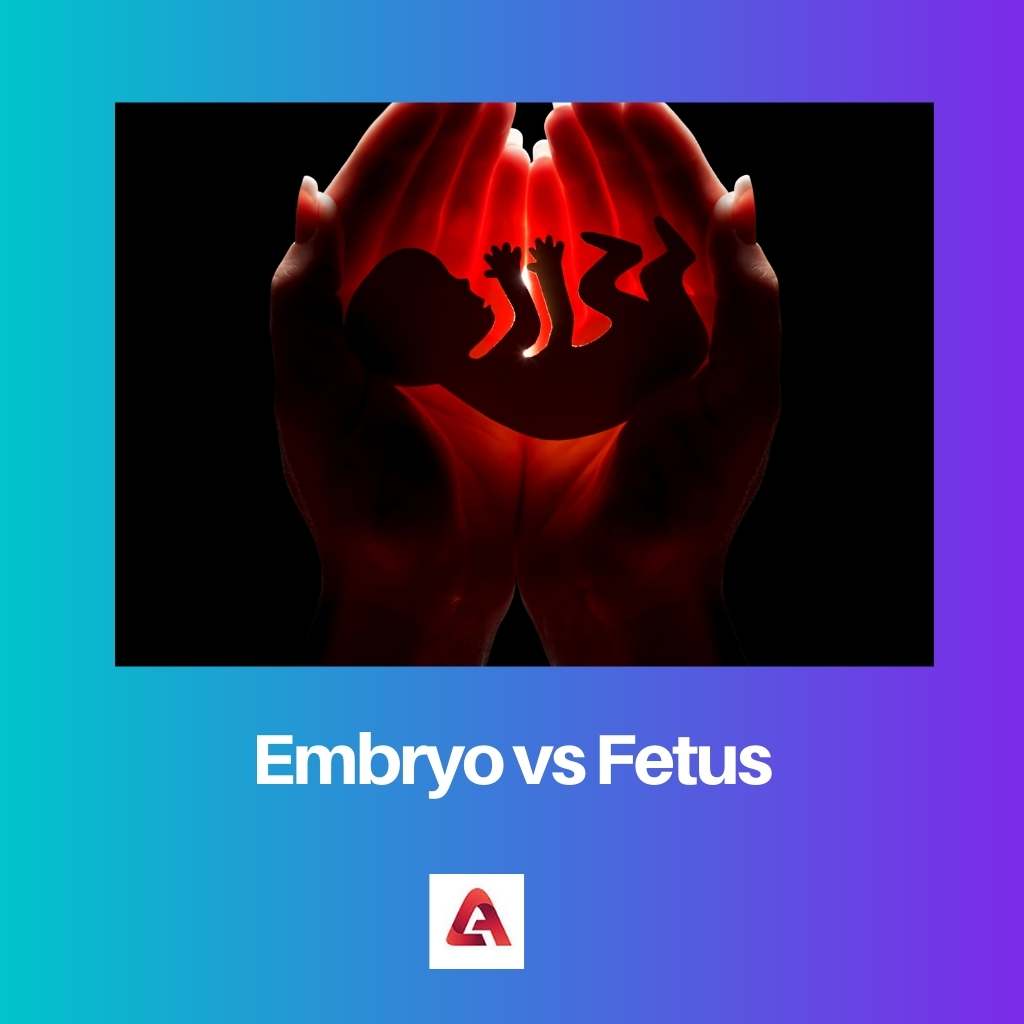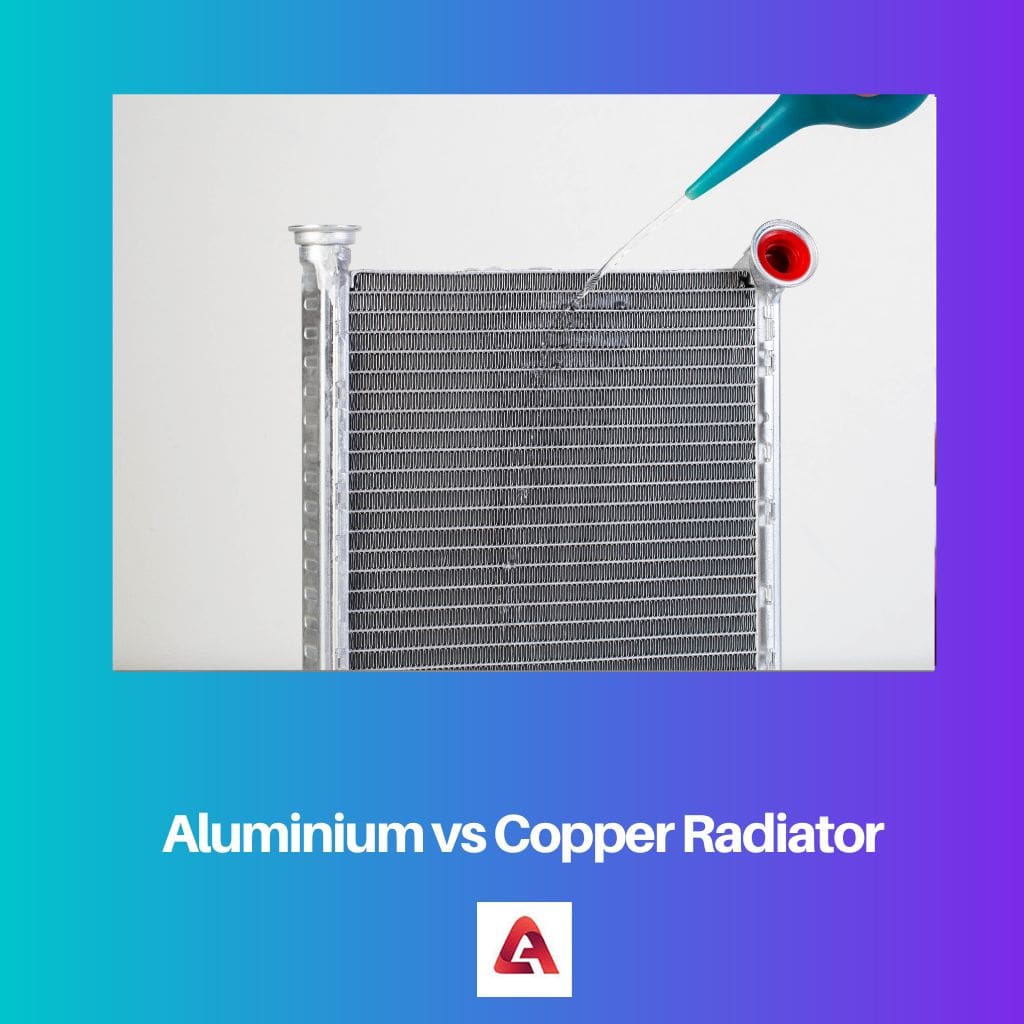Humans are a different and confusing species. Many things about them are difficult or, in some cases, impossible to understand. But understanding their body or biological function is not among them.
Humans, like any other animals, undergo fertilization to produce the next generation. It is not something that needs to be done, but still, due to sentimental or religious or any reason, they like to extend their family.
Now when a woman gives birth to a child, several changes in their body take place during the pregnancy period.
Embryo and fetus are two terms that are linked with pregnancy. Both of them are similar and yet can be difficult to differentiate.
Key Takeaways
- An embryo is the early stage of development of a multicellular organism, while a fetus is a later stage after all major organs have formed.
- Embryos are less than eight weeks old and are still developing basic structures, while fetuses are more than eight weeks old and are developing specialized tissues and organs.
- Embryos are more vulnerable to environmental factors and are at a higher risk for developmental abnormalities, while fetuses are more resilient but can still be affected by external factors.
Embryo vs Fetus
The embryo forms at an early stage of pregnancy after 2-3 weeks of conception. It is formed from cell division. The fetus is developed from an embryo in the 8th week of pregnancy when the baby’s body parts start to develop. It is multicellular as it is formed from more than one cell.

The embryo is the stage of pregnancy that takes place during the 2 to 3 weeks, during which the body of the baby starts forming. It is developed through the cell division process after conception.
It takes place till the 10th or 13th week of the pregnancy. Ultrasound is used for seeing or feeling the presence of it as it is small in size. It is formed with one cell, and therefore it is unicellular.
The fetus is the stage that takes place after the 8th week of conception and is developed from the embryos. It lasts for more weeks than embryos, during which the body parts of the baby start growing and developing.
This stage is easily visible to everyone due to the bigger size of the fetus. It is made up of more than one cell and therefore is multi-cellular.
Comparison Table
| Parameters of Comparison | Embryo | Fetus |
|---|---|---|
| Developed | After conception | From embryos |
| Age | 10 to 13 weeks | From the 9th week till birth |
| Presence | It can be felt with the help of ultrasounds | It can be felt easily after 21 weeks |
| Formed | Through the cell division process | Growth and development of an embryo |
| Cellular | Unicellular | Multi-cellular |
What is Embryo?
It is the first stage of the development of the zygote, during which the fertilized egg undergoes a cell division process. Embryonic development includes the following stages:
- Blastula stage: in this stage, the blastocoels are formed and get enclosed with the sheet cell called blastomeres.
- Gastrula Stage: this stage is responsible for the division and migration of cells.
- Organogenesis Stage: this stage is responsible for the development of the organs of the baby.
After this, the development of the spinal cord and heartbeat is displayed, which can be felt with the ultrasounds. This stage is very important as any Negligence can result in a lifetime problem.
For example, most of the disabilities in a child takes place during this stage that cannot be treated afterwards.
This stage only lasts for a couple of weeks but plays an important role in the body’s functional development of the baby by developing the organs and tissues.
The process of developing embryos is also called embryogenesis. It starts after 4-5 days of fertilization.

What is Fetus?
A fully developed embryo then turns into a fetus after the 9th or 10th week of fertilization. This is the longest stage that lasts till the baby is born.
As mentioned above, the body organs, along with tissues, start developing in the embryo, but in the fetus, the main body parts such as hands, legs, and head start developing and get a proper shape of a human.
Also, the organs that develop during embryo development are not properly located. That is done in a fetus.
External genitalia is clearly visible in the baby and can be seen with the help of ultrasounds during this stage.
During the fetus’s initial stage, the head’s size is bigger in comparison, but in the late stages, it becomes proportionate to the size of the body. And the growth of the body continues during the period.
If proper care is not taken, the part of the baby’s body can grow differently or cause some sort of disability as well. Proper nutrition and health care are required during this stage to make sure the baby is fully developed.

Main Differences Between Embryo and Fetus
- The major difference between an embryo and a fetus is when they are developed. The embryo is early stage and therefore is developed after conception, whereas the fetus takes place after the embryo stage or it is developed from the embryo.
- The age of an embryo is comparatively less, as it only exists from 10 to 13 weeks, whereas a fetus takes place after the completion of embryo stages, i.e., 10 to 13 weeks, and remains till the time of birth, meaning its age is relatively longer.
- As an embryo take place during the initial weeks of the pregnancy, and its presence of it is impossible to feel with a hand, it can only be felt with the help of ultrasound while the fetus takes place till the end weeks of the pregnancy and hence the presence of it is easier to be felt.
- Embryo further involves several other stages, for example, germinal, fertilization, implantation, gastrulation, blastulation, etc. all of these are involved in the formation of the embryo while the fetus is further developed from the fully developed embryo; hence no such stages are involved in the formation of it.
- The basic structure of the body of the offspring or baby takes place during the embryonic period of the pregnancy, while the body and parts of it are further developed and grow during the fetal period of the pregnancy.
- Lastly, both of them differ in terms of their size. In the initial stage of the embryo, the size of it can vary from 3-4mm, whereas the fetus is large than that. The minimum size of it is 4 inches, while the maximum can go to 8 inches.






